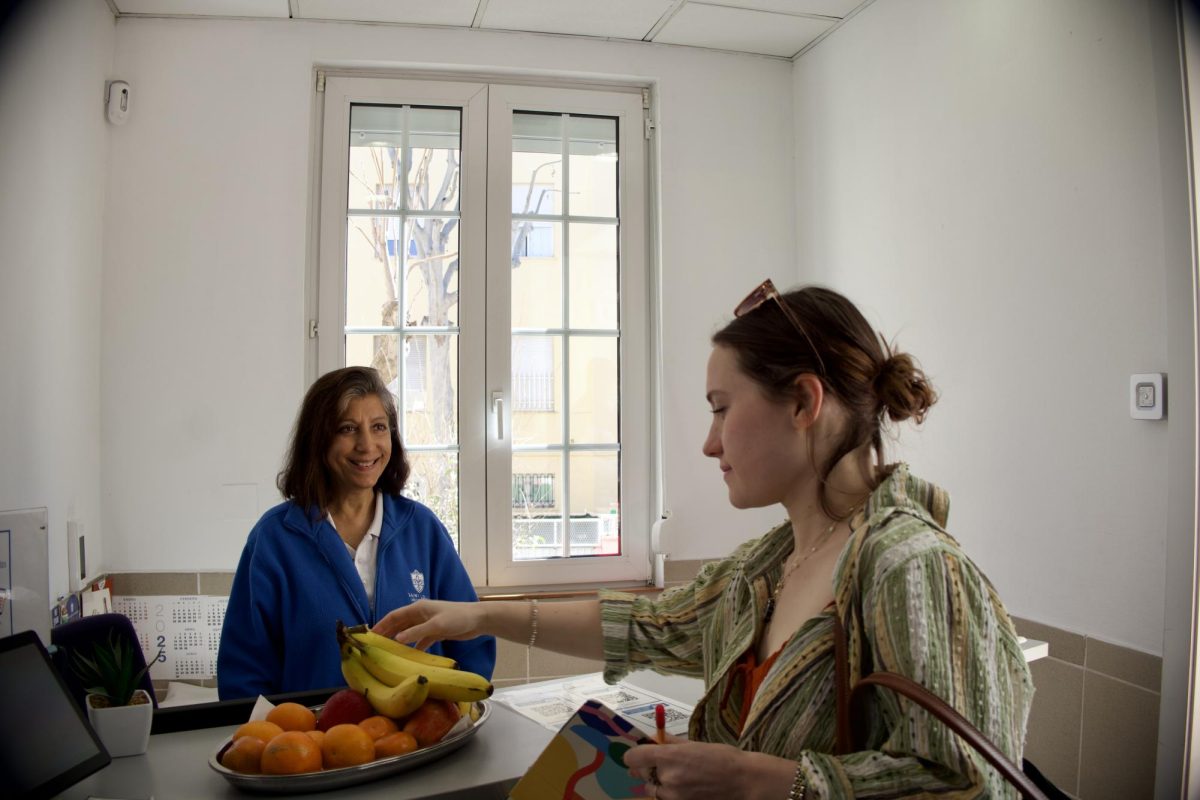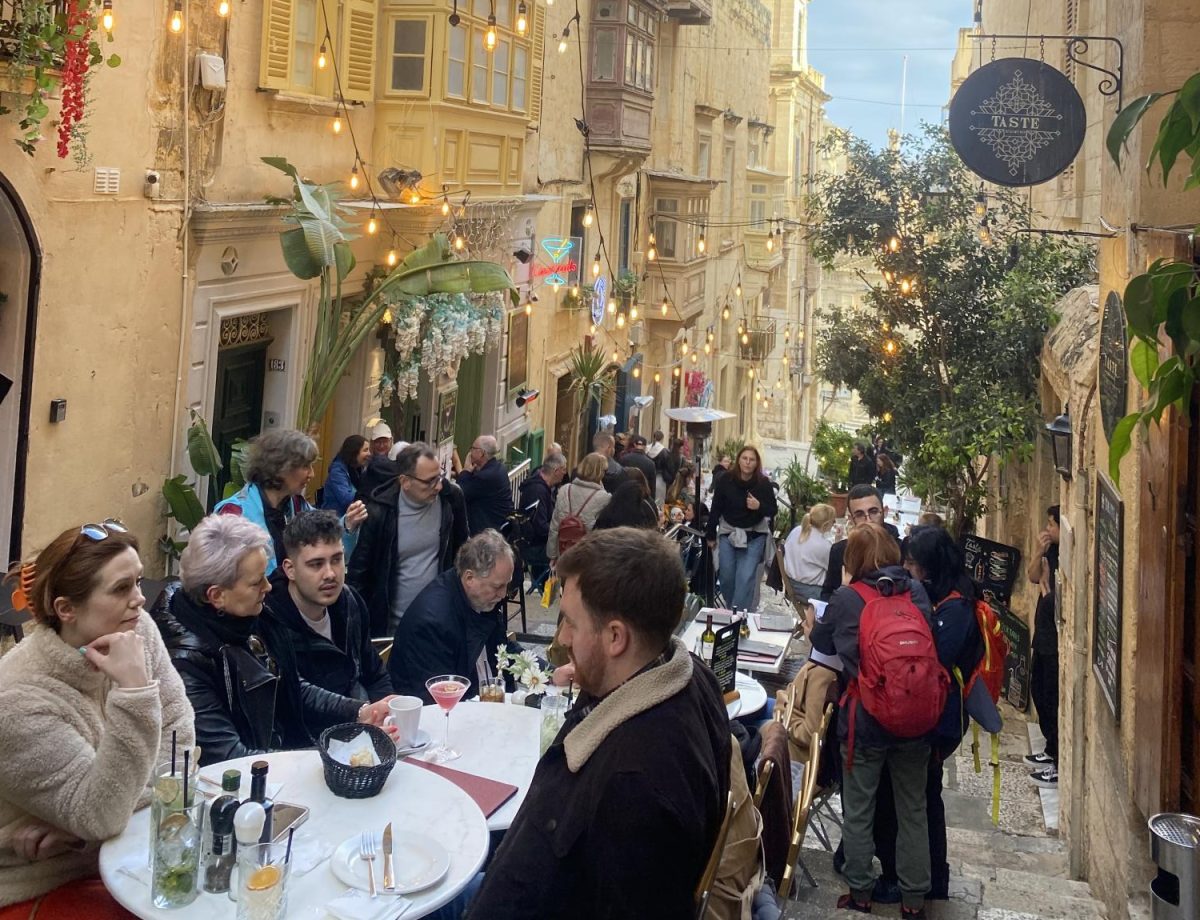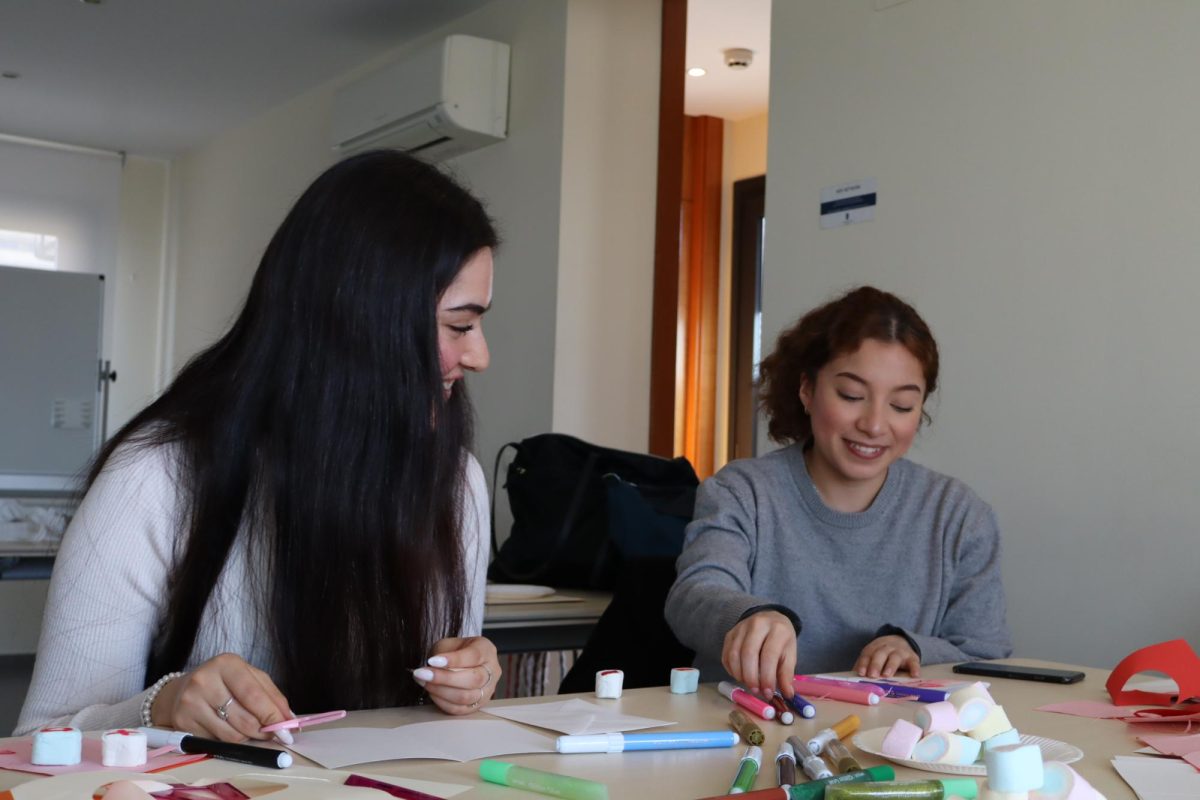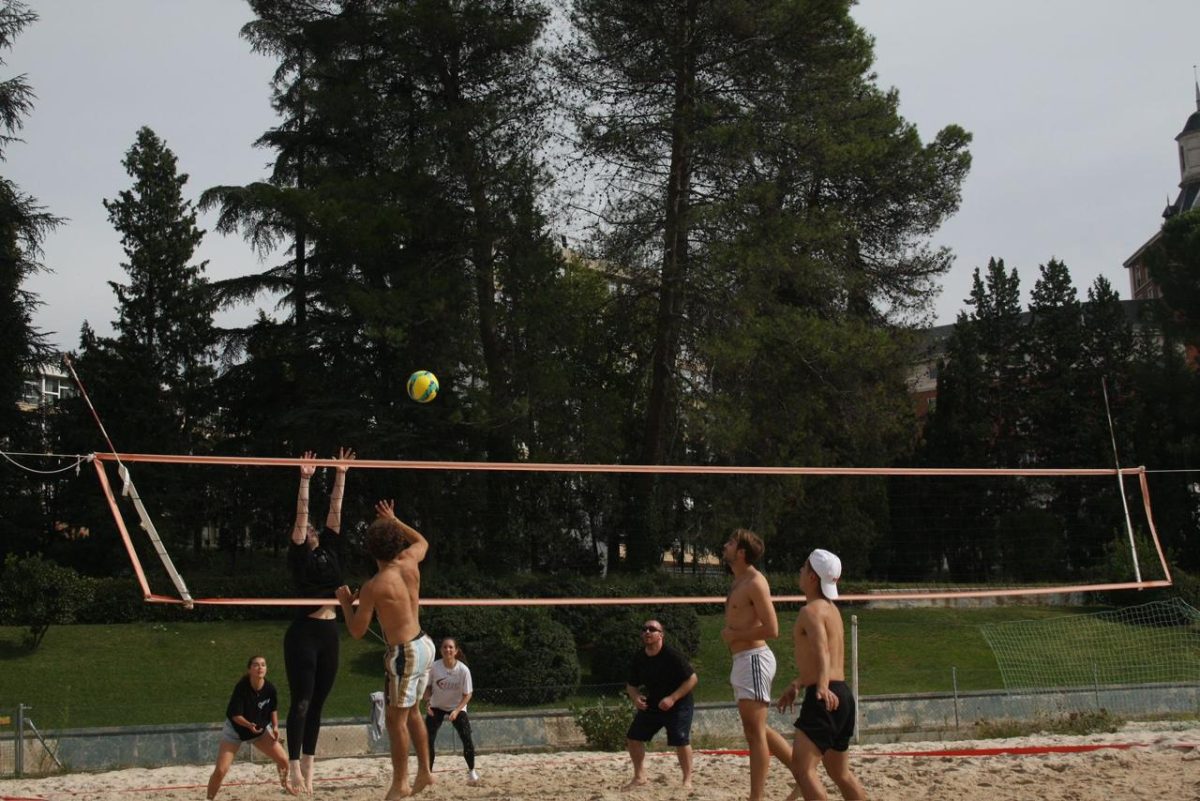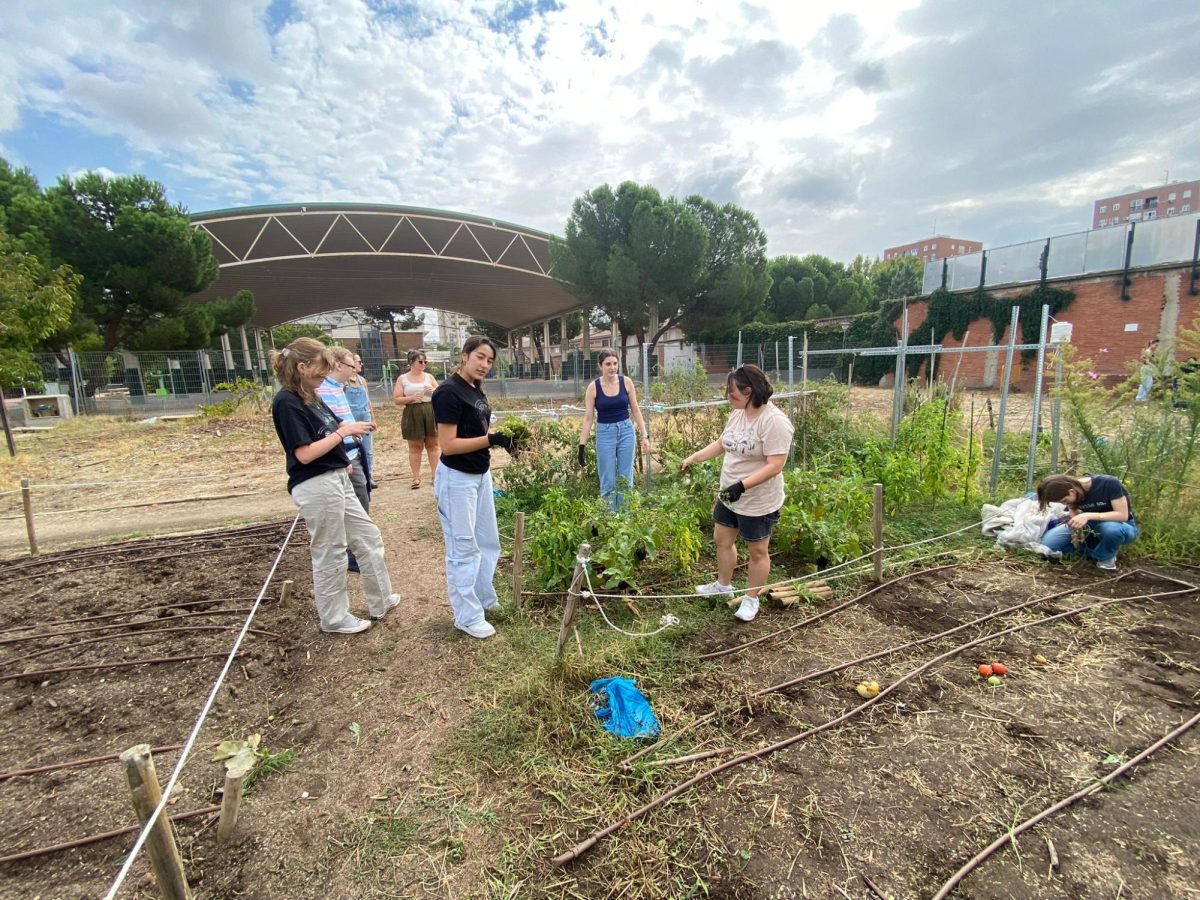Located on the sunny shores of southeastern Spain, Murcia is a hotspot for marine biodiversity and one of Europe’s top destinations for diving. At the heart of this region lies La Manga del Mar Menor, a narrow strip of land that stretches into the sea known for its underwater wonders and rich maritime history.
Oceanography students traded their desks and laptops for wetsuits and scuba gear last March as they explored the threatened coastal ecosystems of Murcia.
For the students of Oceanography, this springtime journey was more than just a chance to escape the confines of the classroom – it was an opportunity to take what they had learned and witness firsthand one of the biggest coastal lagoons of Spain and grasp the importance of its preservation. “I feel so inspired, I’m ready to explore and make the most out of this trip,” said Ari Barbashova, a senior last semester.
On the first day students visited the town Cabo de Palos, where they took a boat ride around the coast and admired the spectacular views while learning about the history of the neighboring islands and the protected zones of the waters.
The next day was one to remember: students got a chance to do a “try-dive” with SCUBA gear, and explore marine life off the shores of La Manga.
“At first I was super nervous to dive, it’s something I’ve never done before,” student Brandon Quinn said after the dive.
But these concerns were erased with smiles as each student experienced the adrenaline and joy of underwater diving.
“I’m so glad I didn’t let the nerves get to me, I had the best experience seeing the vast wildlife underwater,” said Jack Childs from the University of Delaware.
After the activities of the morning, students explored the town of Cartagena, the capital of the Spanish Navy’s Maritime Department of the Mediterranean. They visited the National Centre for Archeological Research and were tasked to find specific establishments around the city. On their the way to Cartegena, they did their part for the environment by picking up trash in Portmán.
The weather was unlucky on the last day, but the rain did not prevent students from making the most of their last few hours in the southeast. They set out on paddle-boards to investigate an island home to a bird preserve. Instructors Daniel Sanchez and Javi Garcia discussed their involvement with the students every year. “We are always encouraging them to give back to the environment and show the beauty of El Mar Menor,” said Sanchez.
The Murcia trip was designed so that students could become active participants in the educational experience, according to Mónica Pérez Bedmar, the oceanography professor at SLU-Madrid. expressed her belief in “experiential learning.” T Amelie Canovas, CEO at Planeta Azul and Researcher at the University of Murcia agreed with this, emphasizing how this visit allows students to recognize “the reality and challenges of sustainability here” and open their minds to environmental awareness.

